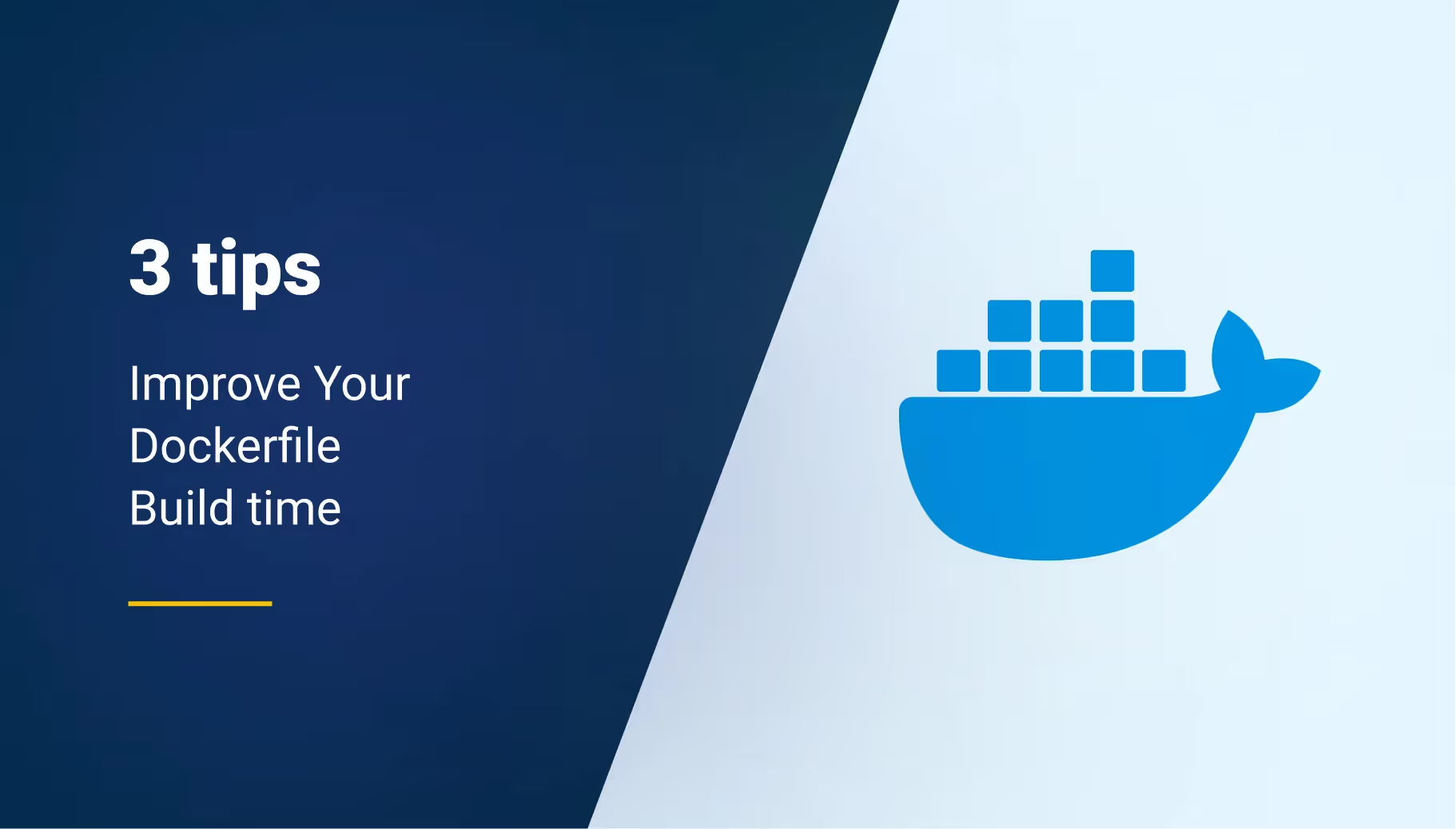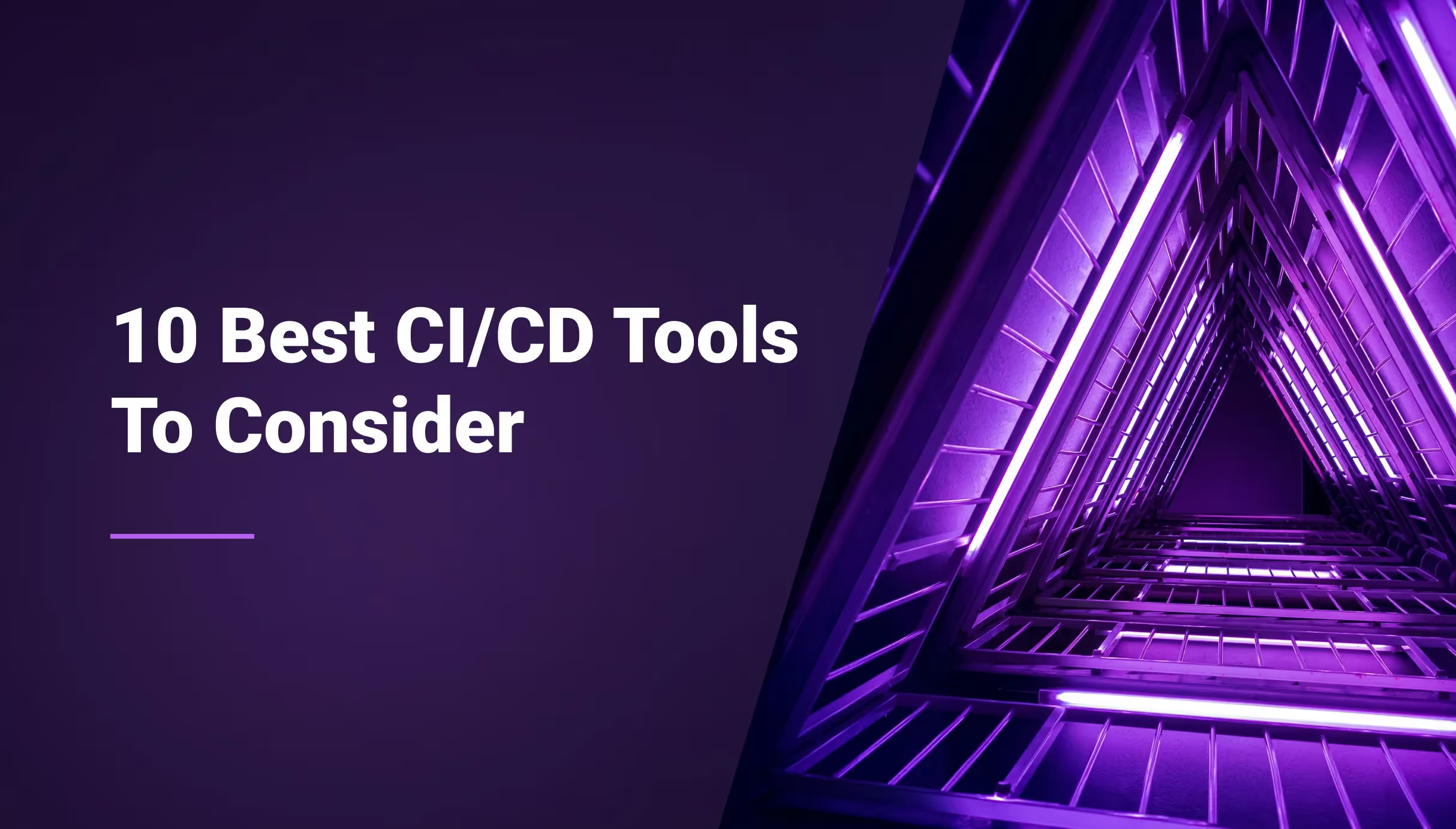

3 Tips to Improve Your Dockerfile Build Time



What is a Dockerfile?
Before we dive into the tips, let's quickly recap what a Dockerfile is. A Dockerfile is a text file that contains instructions on how to build a container image. It's like a recipe that tells Docker what to do step-by-step to create the artifact you need for your application.
When do you Need a Dockerfile?
If you’re deploying to the cloud or planning to, using Qovery or not, having a Dockerfile becomes (almost) essential. Qovery relies on Docker to build and run your application in a consistent and isolated environment. With a Dockerfile, you can define all the dependencies, configurations, and steps needed to set up your application within a Docker container.
Because Qovery got you covered, we even wrote a guide on How to write a Dockerfile in case it’s your first time.
If you're curious about why using Docker over other options like buildpacks, you can check out this article here for more information.
How Long Should a Docker build take?
The duration of a Docker build can vary depending on various factors, such as the complexity of your application, the size of the image, and the resources available on your machine. It's important to keep an eye on the build time to ensure efficient development and deployment processes. Fortunately, there are some tips you can follow to improve the buildtime of your Dockerfiles.
3 Tips to Improve Your Build Time
1. Create an intermediate image
Consider creating an intermediate image that you can store somewhere. This version should contain an already built version of your code. Even if it's not 100% up to date, using this intermediate image can save you time by avoiding recompiling already built libraries and dependencies. While it may not be the most convenient approach, it gets the job done efficiently.
In this example, the code is divided into two stages. The first stage, builder, is responsible for building your code using the specified build commands. The result is stored in the /app directory within the builder stage.
In the second stage, a new base image is used. The already built code is copied from the builder stage into the new image's /app directory. This eliminates the need to rebuild the code, as the intermediate image contains the compiled code. Any additional dependencies or configurations can be set up in this stage.
Finally, the command to run your application is defined using the CMD directive.
Remember to replace <base_image>, <build_commands>, and <command_to_run_your_app> with the appropriate values for your specific project.
2. Utilize faster CI services
By leveraging Docker caching and modern CI tools like GitHub Actions or CircleCI, you can significantly reduce build time for containerized applications. These CI platforms offer additional features and optimizations to streamline your development and deployment workflow. Allowing Qovery to deploy containers built via your CI gets your deployment to the next efficiency and speed level.
This example assumes you are using either GitHub Actions or CircleCI for your CI/CD pipeline. The code is divided into two jobs: build and deploy.
In the build job, the code is checked out, built, and tested using the specified build and test commands. Docker caching is then utilized to cache the Docker layers, improving build speed by reusing cached layers when possible. The Docker image is built and pushed to a registry.
In the deploy job, the Qovery CLI is installed and configured with your credentials and project information. Finally, the application is deployed to Qovery using the qovery run deploy command.
Remember to replace <build_commands>, <test_commands>, your-image-name, your-registry, your-email, your-password, and your-project-name with the appropriate values for your specific project.
3. Leverage pre-built components
If you already have a CI pipeline set up with tests and other processes, chances are you have already built some components you need. In this case, you can save a lot of time by copying the already built artifacts into a container, pushing it to a repository, and then using containers on Qovery instead of rebuilding the entire application. This way, you can leverage the work you've already done and significantly reduce your build time.
In this example, the code is divided into two stages. The first stage, builder, is responsible for building and testing the components. The components are copied into the /app/components directory and built using the specified build commands. Tests are executed using the provided test commands.
In the second stage, a Qovery base image is used. The pre-built components from the builder stage are copied into the final container's /app/components directory. Any additional dependencies or configurations can be set up in this stage.
Finally, the command to run your application is defined using the CMD directive.
Remember to replace <base_image>, <build_commands>, <test_commands>, and <command_to_run_your_app> with the appropriate values for your specific project.
Wrapping Up
Optimizing the build time of your Dockerfiles can greatly improve your development workflow and deployment speed. By following these three tips, you can create a more efficient build process and save valuable time. Remember to experiment and find the best approach that suits your specific project and requirements, and when your Dockerfile is ready, you are all set for cloud deployment, why not try out Qovery!

Suggested articles
.webp)



.svg)
.svg)
.svg)













